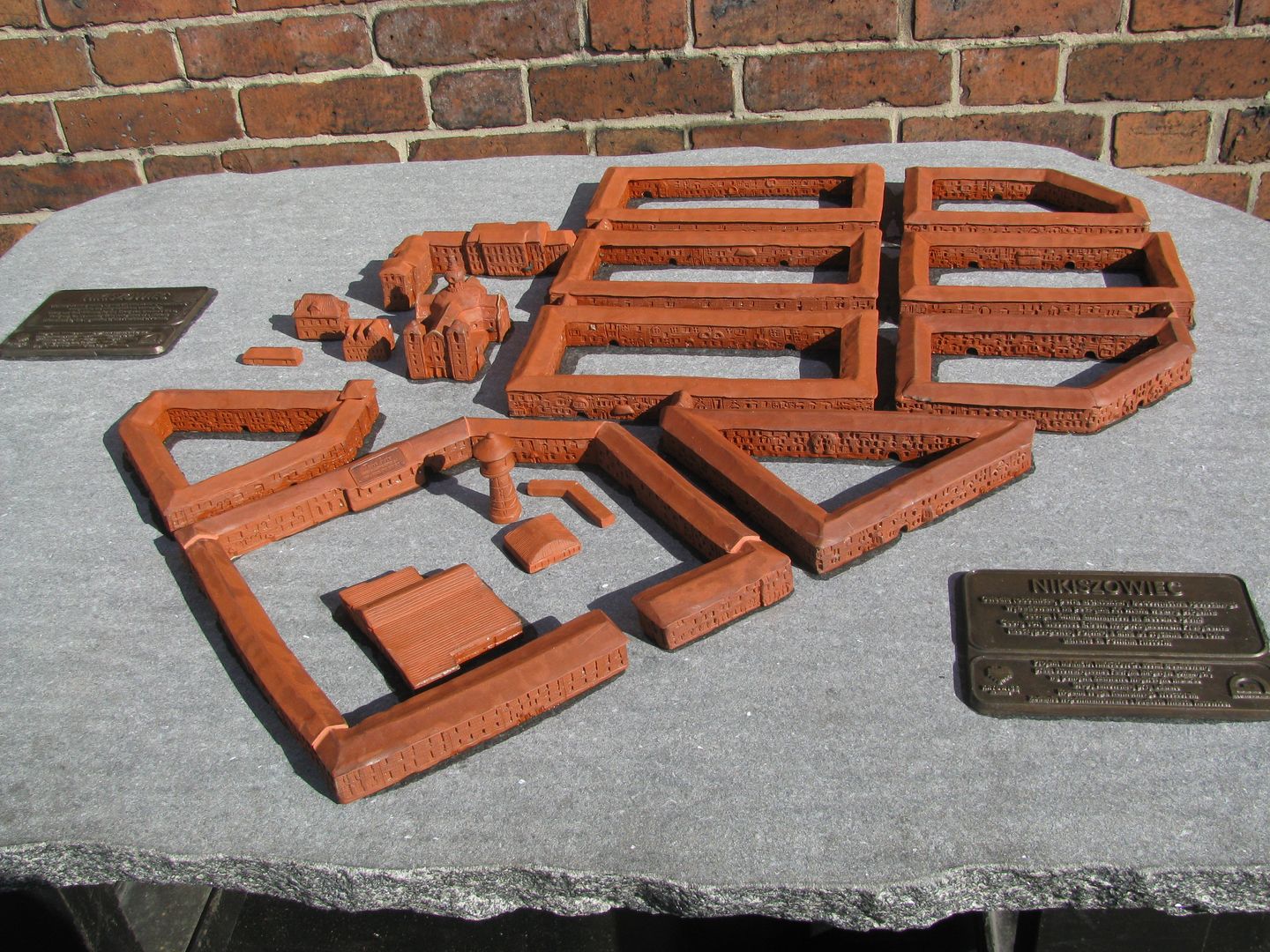Nikiszowiec
6.67

Overview
Nikiszowiec is a historic workers' estate in Katowice, designed by architects Emil and Georg Zillmann. It was built between 1908 and 1919 on the initiative of the mining and metallurgical concern Georg von Giesches Erben. The estate consists of nine brick blocks with a unique architectural style, characterized by diverse details, and features the neo-Baroque Church of St. Anne at its center. Nikiszowiec has been recognized as a historical monument and is part of the Silesian Voivodeship's Trail of Technical Monuments.
From an architectural perspective, the estate stands out for its compact, block-style urban layout, with individual details such as arched lintels and diverse bay windows. It not only provided housing for miners but also included infrastructure such as schools, shops, pharmacies, a boiler house, and laundry facilities, as well as cultural spaces like community halls.
Historically, the construction of Nikiszowiec is linked to the intensive development of coal mining in the region. Its residents played a significant role in the struggles for Upper Silesia's incorporation into Poland during the Silesian Uprisings. Interestingly, the estate has served as a source of inspiration for artists, including the so-called Janowska Group, and has been featured in films such as Kazimierz Kutz's "Sól ziemi czarnej" (The Salt of the Black Earth).
Today, Nikiszowiec attracts tourists with its unique architecture and rich history, offering walking trails, local restaurants, and cafés, making it one of Katowice's major attractions.
Location
Tickets
Powered by GetYourGuide
2025 Wizytor | All Rights Reserved